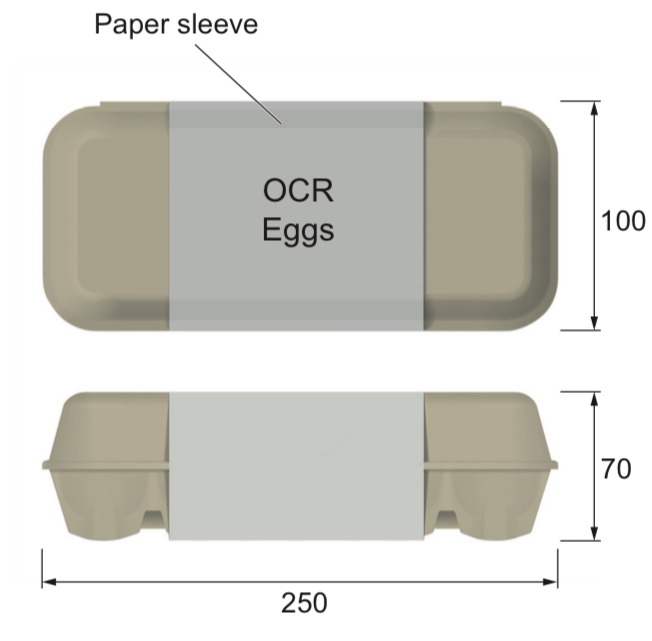Chapter 1
Cards (24)
- Design contexts:
- Environment & surroundings
- User requirements
- Economy & market
- Product opportunities
- User Centred Design:Puts the user at the centre of the design process, consider their needs and wants.
- Parts of UCD:
- Requirement gathering
- Requirement specification
- Design prototypes
- Evaluate and assess
- Unique Selling Point:what makes a product different to similar products on the market
- Areas of Stakeholder map:Core - involved with designing or making the productDirect - involved with or affected by the selling of the productWider - somewhat affected by the product
- Parts of SWOT analysis:Strengths - advantages, USPWeaknesses - need improvement, reduced sales, issues which can be avoided, limited resourcesOpportunities - Trends, strengths harnessed , changes to market or legislationThreats - competitors, issues affecting sales, shifts in consumer behaviour
- Focus groups:small groups of people who are asked about their thoughts and ideas regarding designs, systems or other subjects
- groups of 6-10 people
- 1-2 hours of informal discussion
- moderator observes to make sure everyone participates equally
- Participatory design:lets the user contribute their ideas and solutions in the design process
- Qualitive observations:deals with data that can be observed with our senses. colours, shapes, textures are all qualitative observations.This can be collected through interviews, card sorts or surveys
- Market research:gathering data on people, goods & services to determine if a product will satisfy consumer needs. Includes:
- market trends
- demographics
- economic shifts
- buying habits
- info on competition
- Market pull: when customers demand a productTechnology push: new tech leads to new product ideas
- Primary market research:
- collected first hand: questionnaires, interviews, observations, focus groups, field research
- usually conducted by a specialist
- precise and or specific data
- can be expensive
- Secondary market research:
- widely available data: publications, government reports, internet
- population trends, regional statistics
- can quickly become out of date or incorrect
- Fashion & trend forecasting:gathering information from varying different industries and fields to predict future trends.
- Enterprise:a new and innovative business venture usually creating a new product or service.
- Entrepreneurs:people who sacrifice time and money to create start-up companies to provide a new product or service
- Commercial partnerships:when 2 companies partner together to help each other grow. Either with access to new ideas & technologies or by providing a financial boost and a foothold in pre-established market.
- Venture capitalists:people (with lots of money) who invest in small start-up companies who want to grow. in exchange, these people become stakeholders in the company
- Crowdfunding:a way of raising money by asking a large number of people for a small amount of money.
- donations are made by people who just believe in the cause and don't expect to be paid back
- debt means investors will receive money back + interest
- equity means money is exchanged for shares or a stake in the business
- Exclusion:when the demands of the product exceed the users capabilities
- Demand factors:
- Vision: size, shape, contrast, colour, placement of text and pictures
- Hearing: volume, pitch, clarity and location of sounds
- Thinking: memory, interpreting interface, attention, prior experience
- Reach & Dexterity: forces, movements, types of grip, hands above head or below waist
- Mobility: moving around, assisting balance and support mobility aids
- Anthropometric data:data based on human measurements
- Ergonomics:making products easier and more comfortable for humans to use
- Ergonomics without anthropometrics
- brightness
- volume
- weight
- vibration
